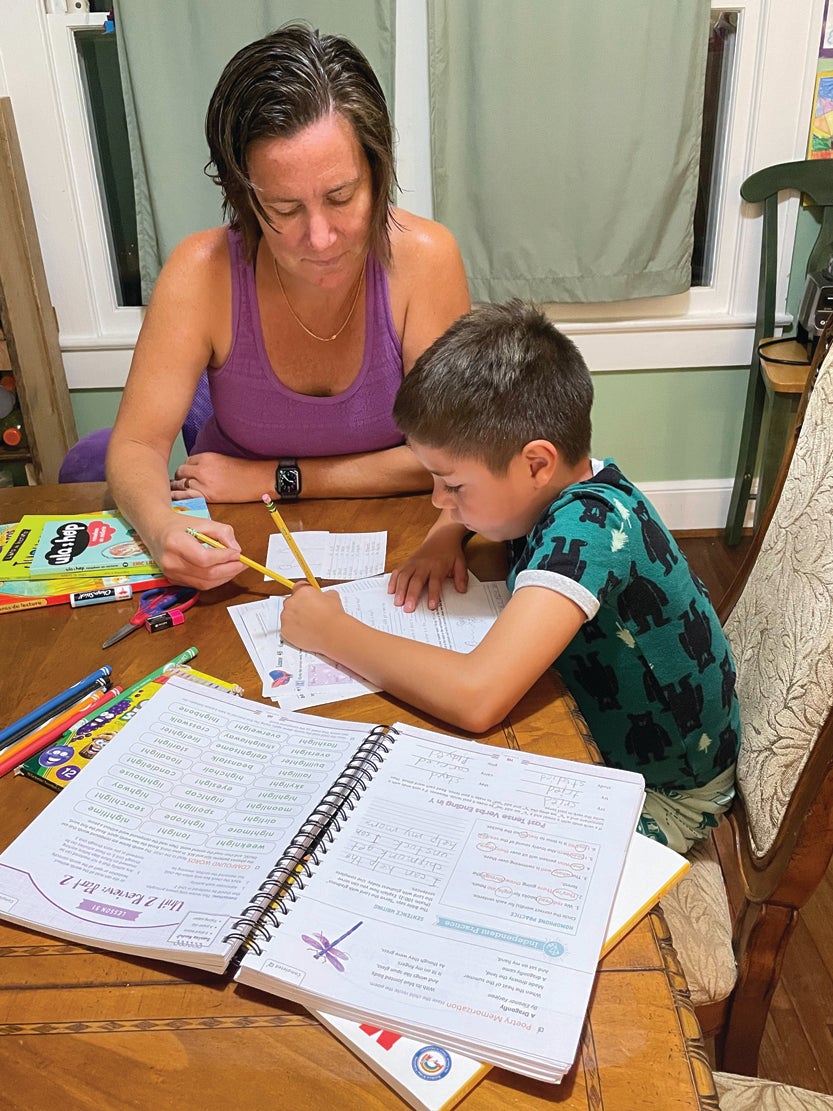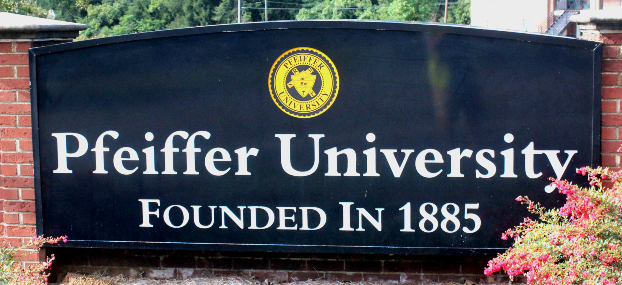Parent fights back against truancy
Published 1:34 pm Monday, June 27, 2022
|
Getting your Trinity Audio player ready...
|
One of the biggest ways the COVID-19 pandemic has impacted students over the past several years has been the disruption of in-person learning, especially with so many students having been placed in quarantine following possible exposure or parents temporarily keeping their kids home during periods of high transmissibility, such as during the omicron wave.
Missing time away from the classroom has resulted in higher numbers of absences than pre-pandemic across the country, including Stanly County. With research showing that missing more than 10 percent of days in a school year can have a serious impact on learning, many students have fallen behind and will likely struggle to fully catch up.
“The students who have the highest number of absences may be students who were enrolled at one time and then stopped coming to school,” Stanly County Schools Director of Student Services Beverly Pennington told the SNAP in an email. “Home visits, attempts to contact the parents, communication with any contact persons listed in our database have not yielded any information that lets us know where they are.”
Under North Carolina law, families of students who accumulate more than 10 unexcused absences could be at risk for being charged with truancy if they don’t make a good-faith effort to get their children to school. The principal has the discretion to determine whether a family should be charged with truancy, which is rare and usually considered a last resort.
“It is our desire to work with families to correct the issues that have given rise to truancy,” Pennington said. “However, sometimes situations are so egregious that we have to involve the courts in addressing attendance issues.”

Morgan Perez has been homeschooling her son, Jaxon, since January. (Contributed)
While she called the increase in absenteeism “concerning,” Pennington noted the school system’s student support team members (school social workers, counselors and nurses), teachers and administrators “are doing all they can to encourage attendance.”
The issue of truancy and the rise in chronic absenteeism was first brought to the SNAP’s attention in April, when Albemarle resident Morgan Perez, mother of a second grade student who had been enrolled in Endy Elementary’s dual-language program, spoke of how she felt she had been unfairly singled out and charged with truancy in late January, after her son had accumulated 16 unexcused absences. Perez also spoke before the Board of Education during the public comments portion of its June 7 meeting.
She told both the SNAP and the school board she provided legitimate reasons in advance for each of his absences, the majority of which occurred in January, during the height of the omicron surge. She opted to temporarily keep her son home because many people in the family, including Perez, were especially susceptible to catching and getting sick from the virus.
“Stanly County Schools did not have any mandatory preventative strategies in place at the schools and there was no option for my son to go remote,” she said about deciding to take him out of school.
Perez said she communicated daily with her son’s teacher and had him complete his necessary assignments, which she sent back to his teacher. She had also been in contact with principal Jodi Autry and had explained that her son would be coming back once the Covid numbers in the county improved.
Her regular contact with the school made it all the more surprising when on Jan. 25, a social worker, following orders from Autry, called Perez to let her know she had been charged with truancy. She said a few days later, on Jan. 29, two police officers arrived at her home to deliver the criminal court summons.
“That was really traumatic for my son,” Perez told the SNAP. “He thought that I was going to jail. That was traumatic for him and that was traumatic for my whole family.”
Her truancy charge involved multiple court dates and though her case was ultimately dropped, she still had to pay $800 for attorney and legal fees. She said she has since filed a public grievance against Autry.
Stanly County Schools said it cannot comment on cases related to specific student issues.
Perez, who took her son out of the school system and began homeschooling him, filed multiple public information requests with SCS to learn more about how many other families had been charged with truancy. Some of the initial data she gathered was shared with the SNAP.
She shared that more than 950 elementary and middle school students had 10 or more unexcused absences as of mid-May. She asked for how many charges of truancy had been filed but did not receive that data.
In an earlier information request, she found that as of mid-March, of the more than 630 students who had 10 or more absences, only nine truancy charges had been filed. (Her son was not included in the tally as he was no longer enrolled in the district.)
“I’m glad that most of these families have not been criminally charged, but why was my family singled out,” she told school board members. “It is obvious that the truancy process in Stanly County is extremely inconsistent.”
Perez is still deciding whether to re-enroll her son in the school system next year or continue homeschooling him.
She added SCS needs “immediate revisions” to its truancy policies so “that another family does not fall victim to another unnecessary truancy charge.”
Pennington told the SNAP that the district has an internal process for principals to follow regarding unexcused absences, which is aligned with the state statue on truancy.
“Our procedures involve everyone from the classroom teacher reaching out to the family as consecutive absences are accumulated all the way to the school social worker contacting the family to discuss barriers to school attendance as the student nears the 10-day mark,” she said.






